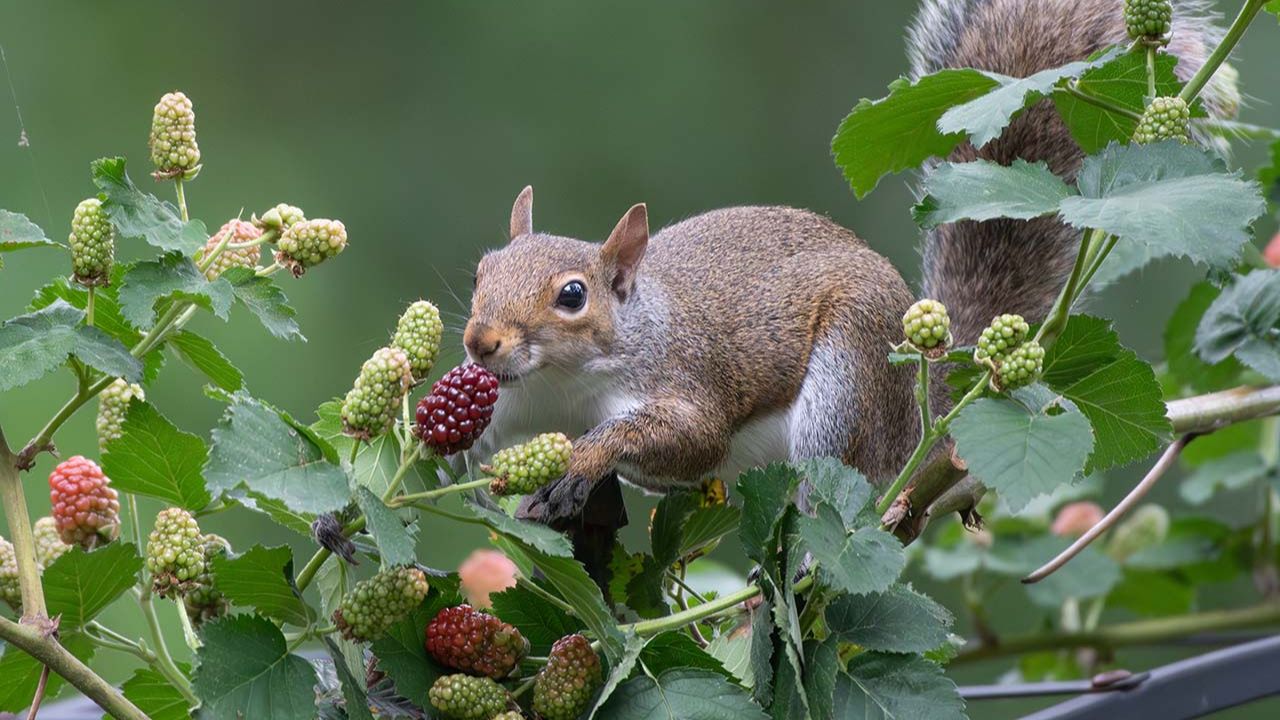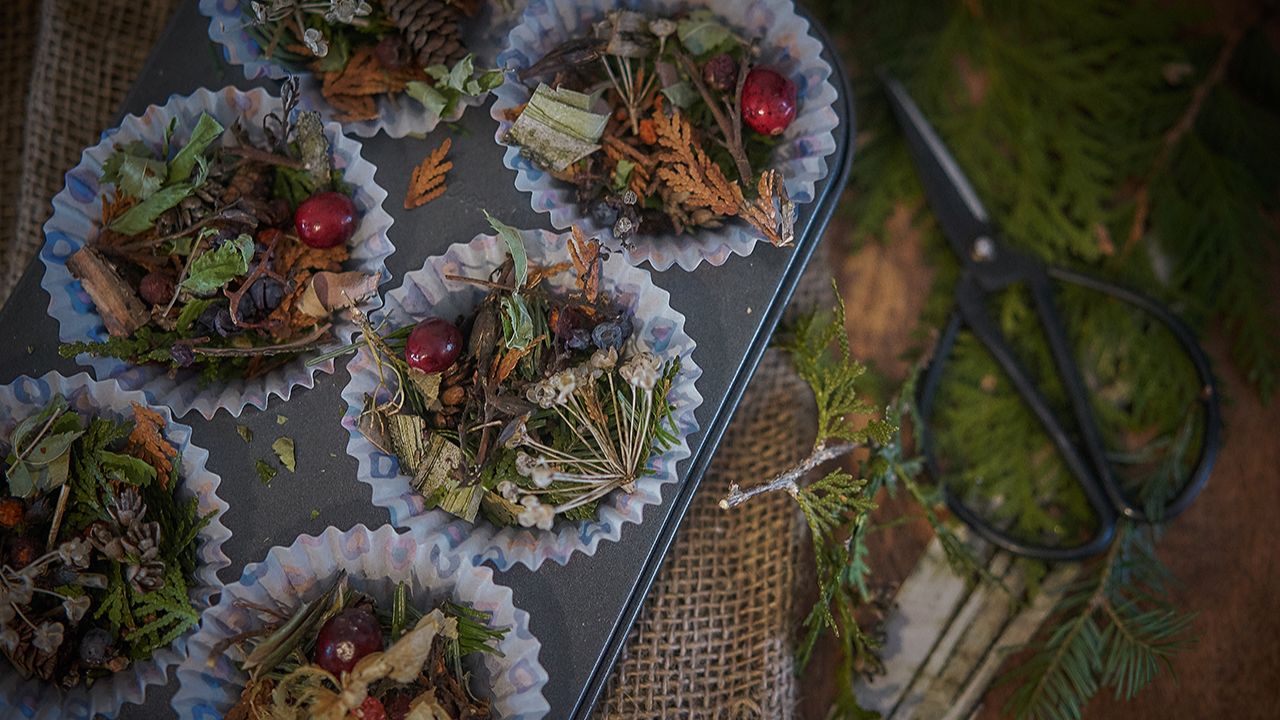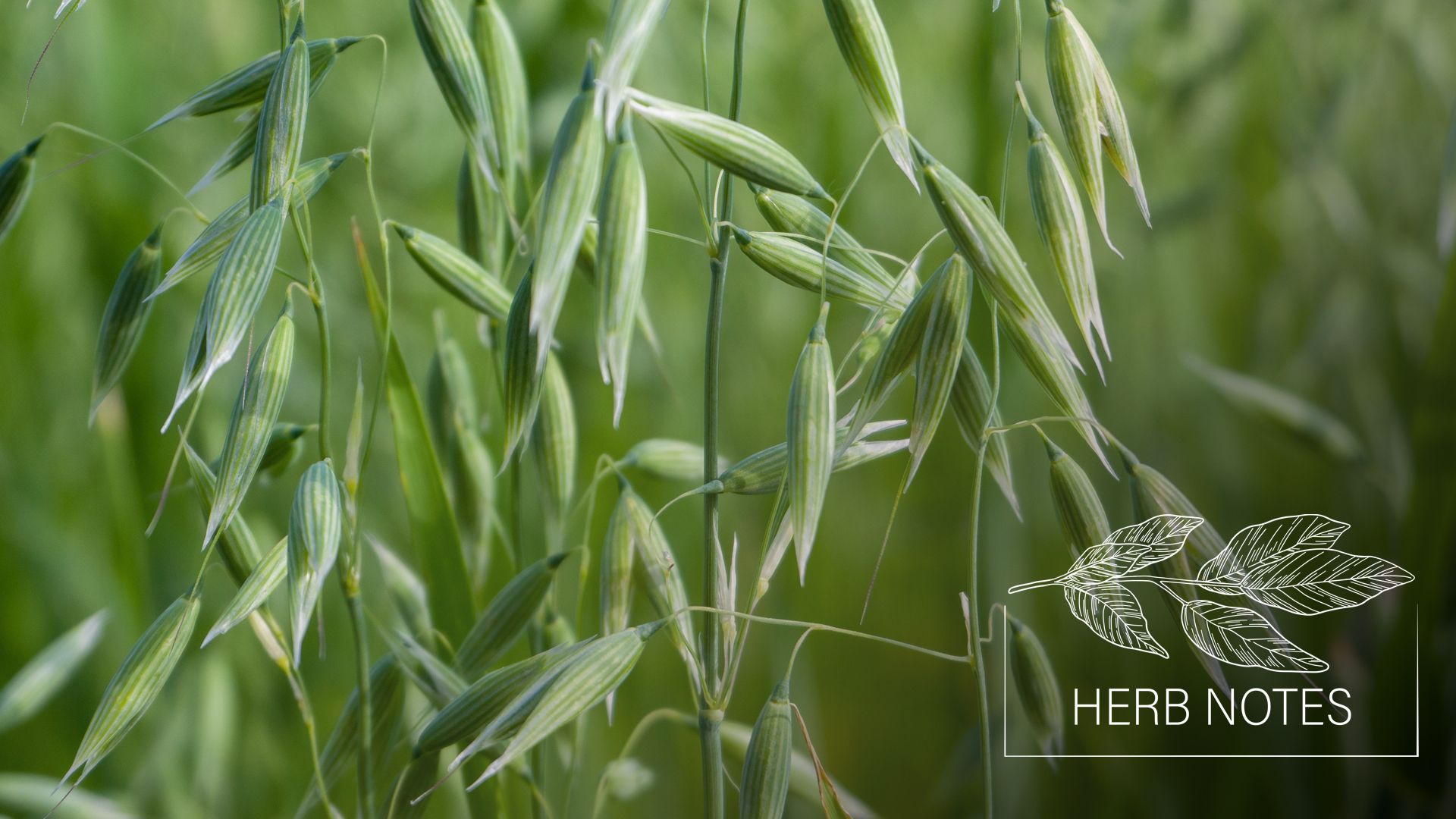
How to Make Incense
A flame leaps, coals burn
Intentions are set as smoke
dances towards the sky
Burning aromatic herbs and resins is a tradition you can find all over the world through countless generations. Besides simply smelling good, incense is used in ceremonies, for healing, and for cleansing an area.
I didn’t grow up in a culture or family that used incense, but I began burning incense when I was a teenager. It was a part of the belly dancing tradition I was a part of as well as a common presence in the East-West bookstores I loved to wander in. Back then, I loved the incense Nag Champa. Smelling it now instantly brings me back to that era.
As years went on, I graduated to more sophisticated resins like copal and frankincense. Later in life, when I attended wilderness schools, I started using various sages as they were commonly burned within those circles.

Botanicals for Incense
In recent years, I’ve become increasingly aware of the challenges these popular incense botanicals are facing. Drought, loss of habitat, and increased demand has devastated many of these plant populations.
Speaking of the pressures the frankincense tree is facing today, Ahmed Ibrahim Awale, president of the Somaliland Biodiversity Foundation, said in an interview, ”Frankincense has been harvested in a sustainable manner for [many] years but the rise in the global demand has completely changed it.”
Copal, frankincense, myrrh, and sandalwood are popular both for their rich aromatics but also because they’ve been mass marketed, somehow giving the impression that these are the only, or even the best, herbs and resins to use. This simply isn’t true!
Using Local Plants
Chances are there are many common plants that grow near you that are rich in aromatics and are perfect for incense! Using aromatic plants that you have a direct relationship with is an empowering way to enjoy the gifts of plants in your life. It also gives you the opportunity to participate in each step of the process, ensuring your incense botanicals were harvested sustainably and with good intentions.
Would you like to learn how to make incense? Instead of yet another article focusing on endangered and mass-marketed incense botanicals, the recipes below will show you how to make incense using commonly found or grown botanicals in temperate regions.

The Basics of How to Make Incense
You can make cone incense with three materials:
- Aromatic botanical powders
- A botanical gum, demulcent, or other substance to glue the powders together
- Water
For the following recipes, I used a variety of different aromatic botanical powders combined with marshmallow root powder (Althaea officinalis) as the substance to hold it all together.
Garden Incense
Inspired by plants that I grew and harvested in my garden, this blend combines the sweet smell of lemongrass with the spicy aromatics of rosemary and lavender.
What you’ll need…
- 1 tablespoon lemongrass powder (Cymbopogon citratus)
- 1 1/2 teaspoons rosemary powder (Salvia rosmarinus)
- 1 1/2 teaspoons lavender powder (Lavandula angustifolia)
- 1 teaspoon marshmallow root powder (Althaea officinalis)
- Approximately 1 tablespoon water
- Need herbs? Visit Mountain Rose Herbs.
- Stir the powders together until they are completely combined.
 |
 |
|---|
- Slowly add water to the mix. I add about 5 to10 drops at a time.
- After each addition of water, use the back of a spoon to mash the powder and the water together. This really isn’t so much of stirring, more pressing the two substances together. At first the mixture will look crumbly and eventually those crumbles will begin to mash together to form a dough. You’re looking for a fairly dry dough. Just wet enough that it holds together without crumbling apart but definitely not runny.
 |
 |
|---|
- Once the mixture can hold together, pull off a small pinch and form it into a cone. I’ve found that taller, skinnier cones burn best.

- Set the cones on a flat surface and allow them to dry for about 5 to 7 days. I live in a very arid climate and it still takes that long before they burn well. If your cones aren’t burning well and they are still fairly fresh, then give them a few more days to dry.
- To burn a cone, light the tip with a flame. Allow it to burn slightly until the tip burns red and it’s smoking freely. Place your burning cone on a fire-safe surface.
Yield: 10 to 12 small cones

Want some more ideas? Here are a couple more recipes for you to try out and learn how to make incense. Incense recipes are very forgiving; as long as you know the plant is safe, experiment and see what meaningful and local-to-you blends you can create.
Tree Incense
- 2 teaspoons cedar needle powder (Thuja plicata)
- 2 teaspoons Douglas-fir needle powder (Pseudotsuga menziesii)
- 1 teaspoon juniper berry powder (Juniperus communis)
- 1 teaspoon marshmallow root powder (Althaea officinalis)
Aromatic Shrub Incense
- 2 teaspoons rosemary powder (Salvia rosmarinus)
- 1 teaspoon juniper berry powder (Juniperus communis)
- 1/2 teaspoon marshmallow root powder (Althaea officinalis)










